Retinal (short for retinaldehyde) is part of the retinoid / vitamin A family (along with the, potentially more familiar, retinol, retinoic acid, and tretinoin). Used in any format, these ingredients will impact cell proliferation, cell differentiation, and inflammation, resulting in several noticeable changes in the skin as it helps to slow down the signs of ageing.
Retinoids have a very strong track record of scientific evidence for how they can help to transform the skin. A few benefits of that being: improved cell renewal, increased collagen production, and a reduction in pigmentation.
So what can you expect from the process month-by-month?
At three months
More often than not, kickstarting your skin renewal journey with a retinoid can cause some frustrating side effects. The good news? For most people these are temporary, and pushing through this phase is very worthwhile. During the first 2-4 weeks of retinoid use is when you can start to see some change in the skin, but this timeline does vary from face to face.
What you might start to notice is shedding of the sluggish and disordered cells, both on the skin’s surface, and within the pores. This can cause some congestion and inflammation, often referred to as purging. Redness, flaking, peeling, and sometimes stinging or burning can also occur.
The degree of side-effects is dependent on the type of retinoid being used, how frequently it is being used, and the skin type of the individual. Those with overly sensitive or reactive skin will likely experience the most side effects. In which case I recommend investing in a retinal/retinaldehyde serum or cream, as this form of vitamin A has the best tolerability in relation to its efficacy, of all the retinoid family.
As the skin integrity improves with continued use, these side effects will ease. Here are some tips to help you through those tough few week, and safely introduce a retinoid into your routine:
- Apply as your first treatment product at night, onto dry, cleansed skin.
- Start with just one pump for the whole face and neck, each application.
- Apply the majority of your retinoid to the forehead and cheeks, before extending the remainder over the central area of the face and neck. (The area around the mouth, creases around the nose, and the neck, tend to be more sensitive and reactive.)
- Wait five minutes for the serum to sink into the skin, before following on with your regular face oil or moisturiser.
- If you are new to retinoids, trying a new formula for the first time, or have a sensitive skin type, try incorporating a retinoid into your routine once or twice a week, before very gradually building up frequency of application as your skin adjusts. If, and only if, you have no ongoing discomfort or skin irritation, you can use a retinoid daily.
- If you are still experiencing significant skin peeling or sensitivity, despite starting slowly, try the sandwich method: applying moisturiser before and after your retinoid to help soothe the skin.
- If you’re experiencing prolonged side effects, or have a severe reaction (such as a raised red or itchy rash), then stop use completely and seek advice from a dermatologist if symptoms do not improve.
- Use sun protection daily. Retinoids make your skin more sensitive to the sun. But also, sun exposure causes premature ageing, so it’d be silly to undo all that good work.
After three months of consistent retinoid use, you will see an increase in the thickness of the epidermis (the cellular, top layer of the skin), and an improvement in the appearance of fine lines and wrinkles. For those prone to acne and congestion, they will notice a decrease in blackheads and fewer acne breakouts.
At six months
At this point you should be comfortably clear of any ‘just started a retinoid’ side effects. What you will notice instead is a stronger improvement in the appearance of fine lines and wrinkles. Skin tone and texture will appear more even, smoother, and generally brighter. Which should bring about a noticeable difference to any pigmentation in the skin too.
At 12 months, and beyond
There is evidence for ongoing improvement up to 24 months* with increased dermal collagen, and a decrease in collagen breakdown. Retinoids continue to perform with long-term use and are beneficial for most skin types, even beyond anti-ageing.
In acne-prone skin, the pores will appear smaller with less congestion and fewer acne breakouts. Retinoids also work to improve the skin barrier and decrease inflammation, which may improve the signs and symptoms of rosacea. We also know that retinoids can inhibit excessive pigment production, helping to brighten the skin and decrease pigmentation.
The best results from retinoids come from long-term consistent use.

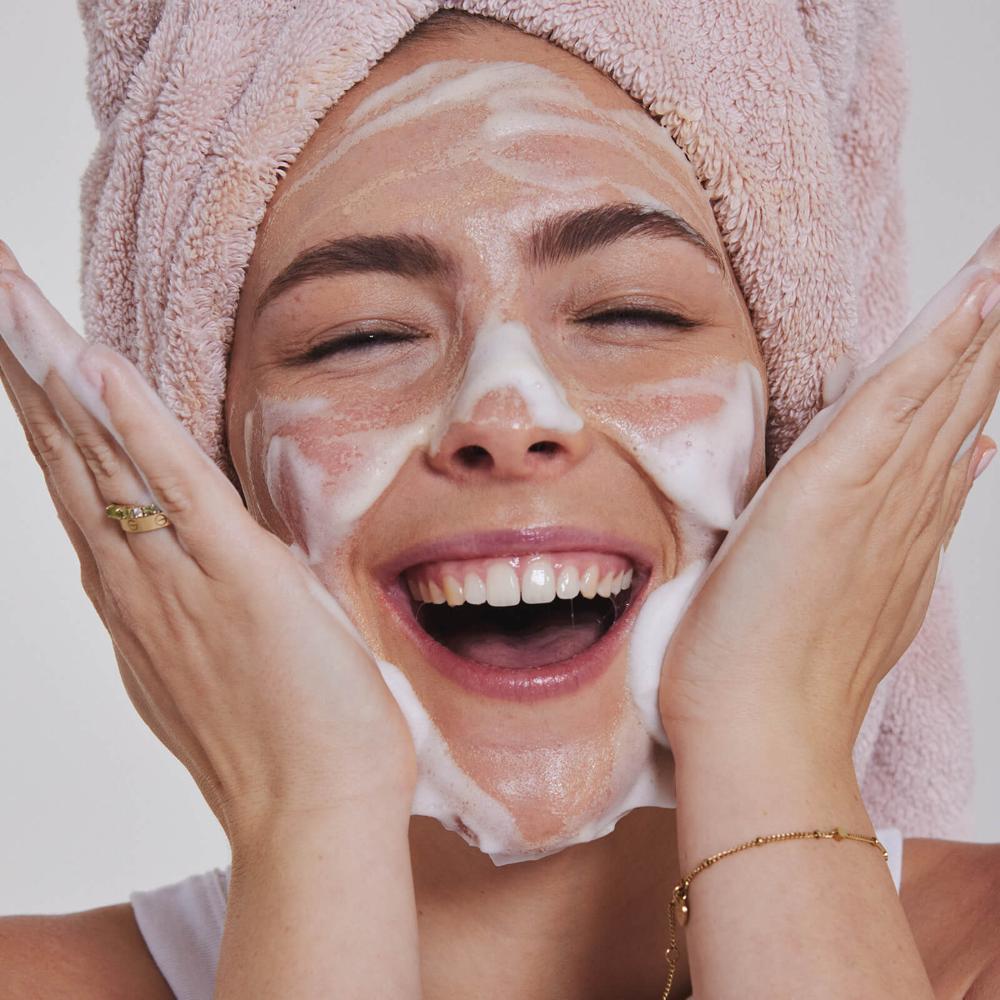
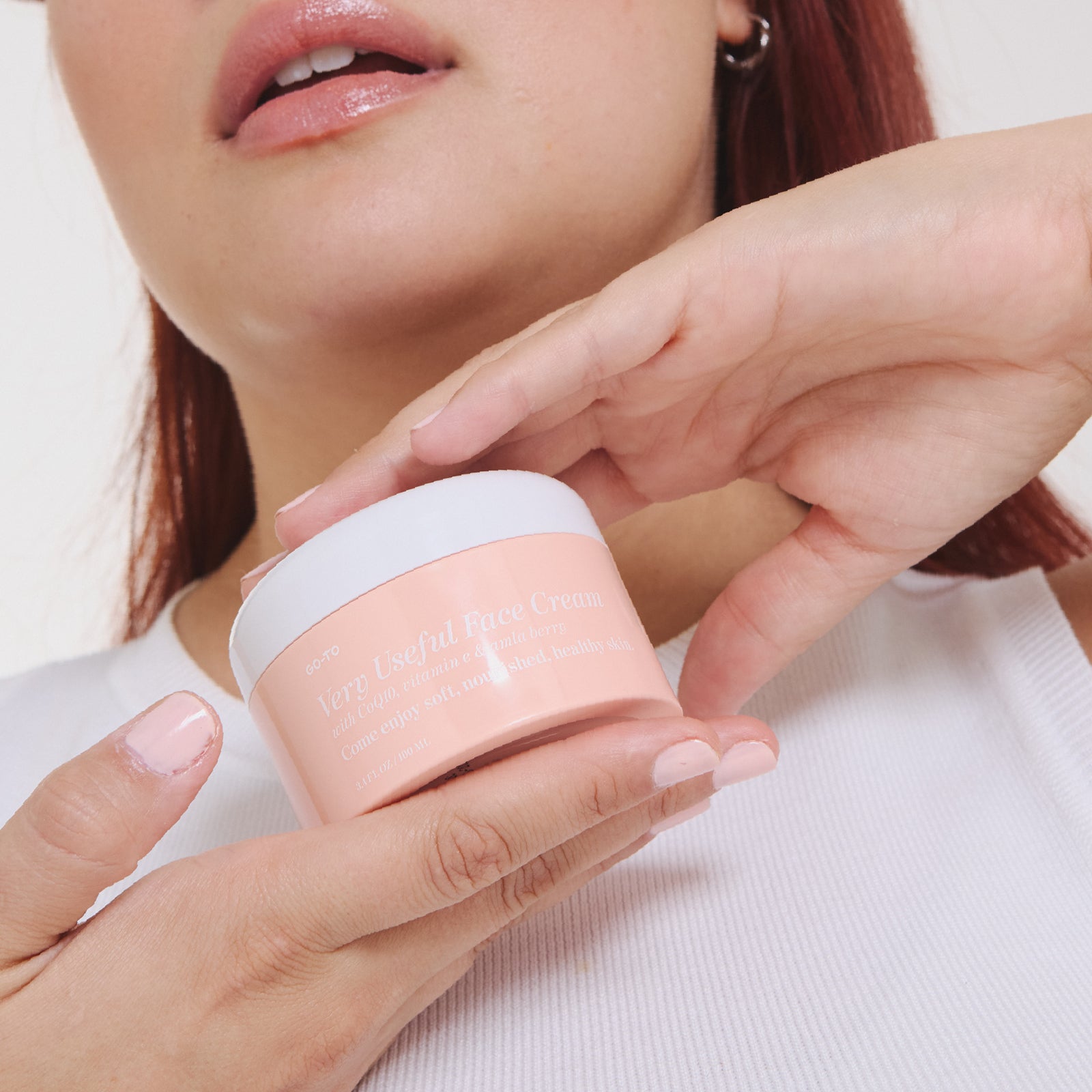

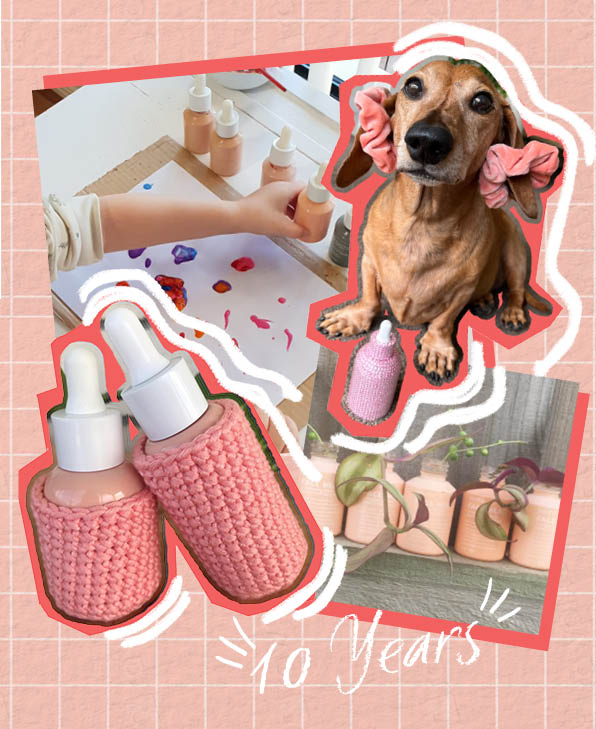
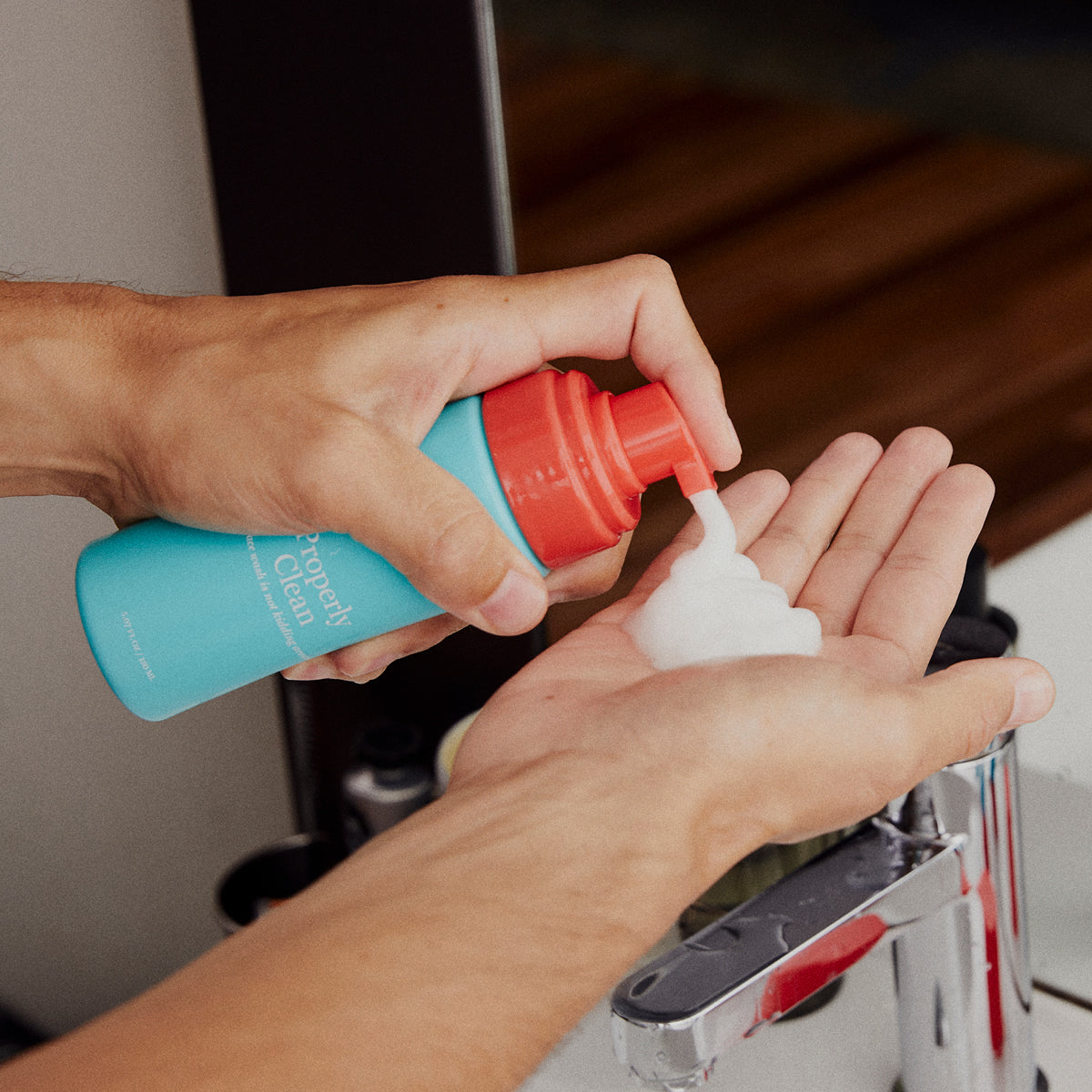
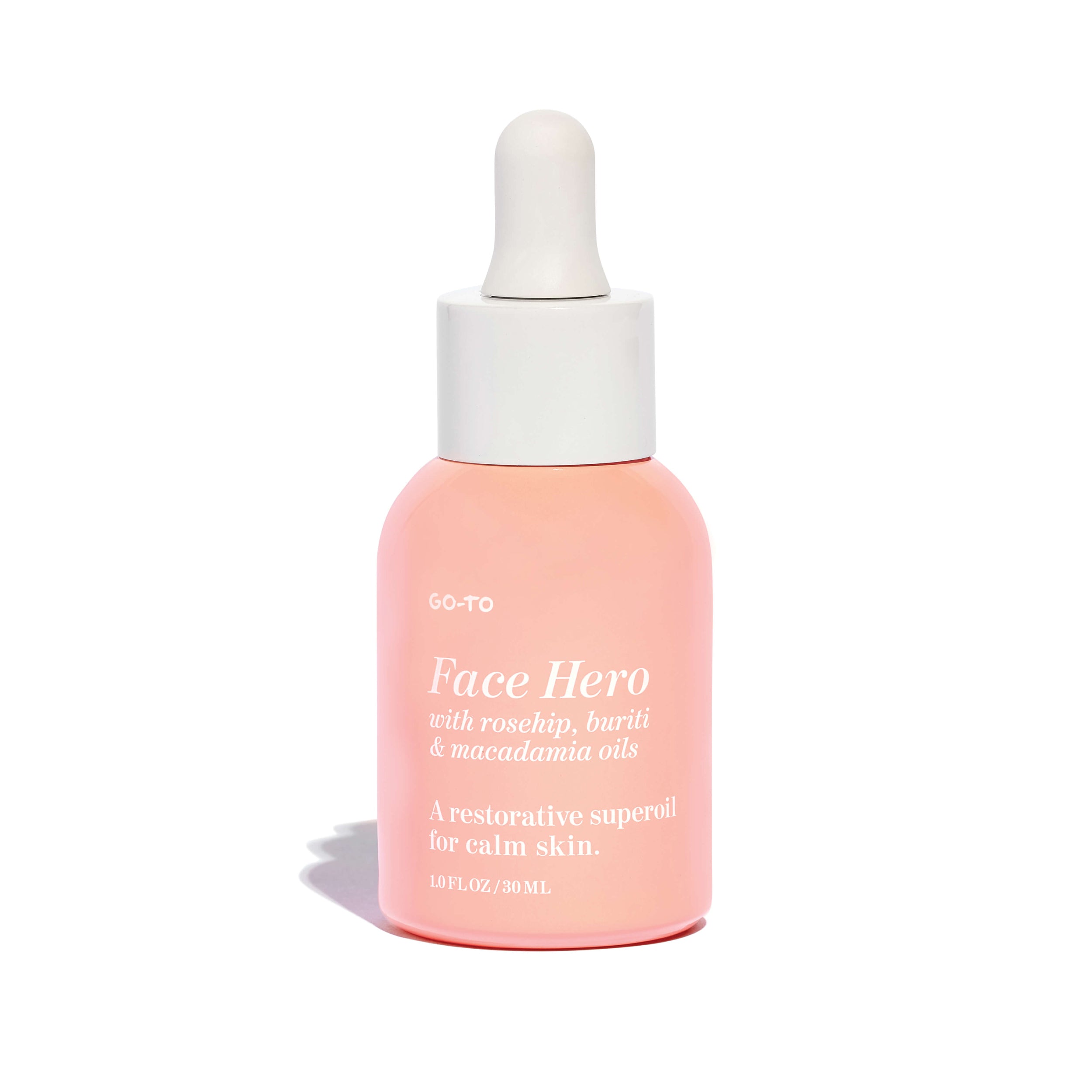
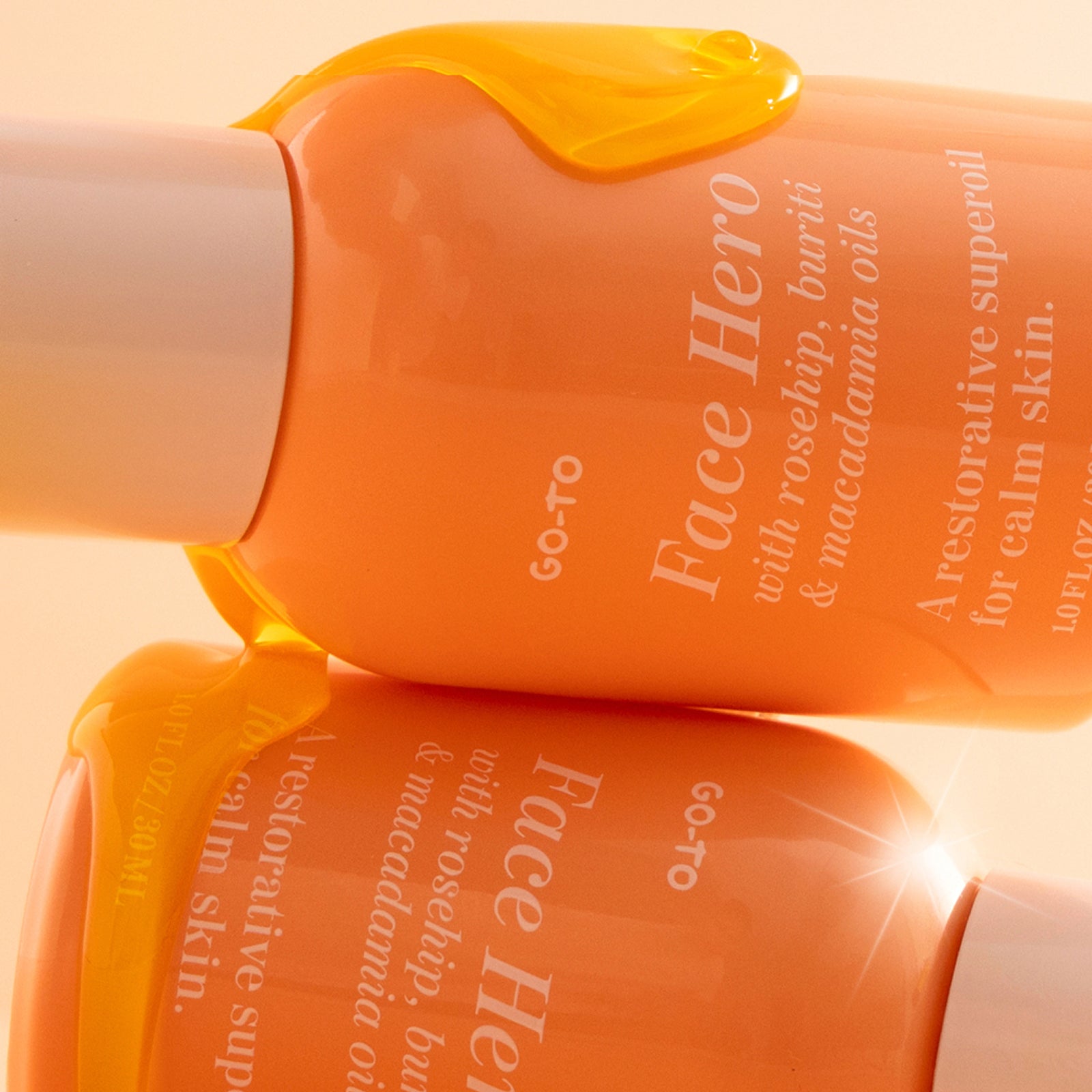
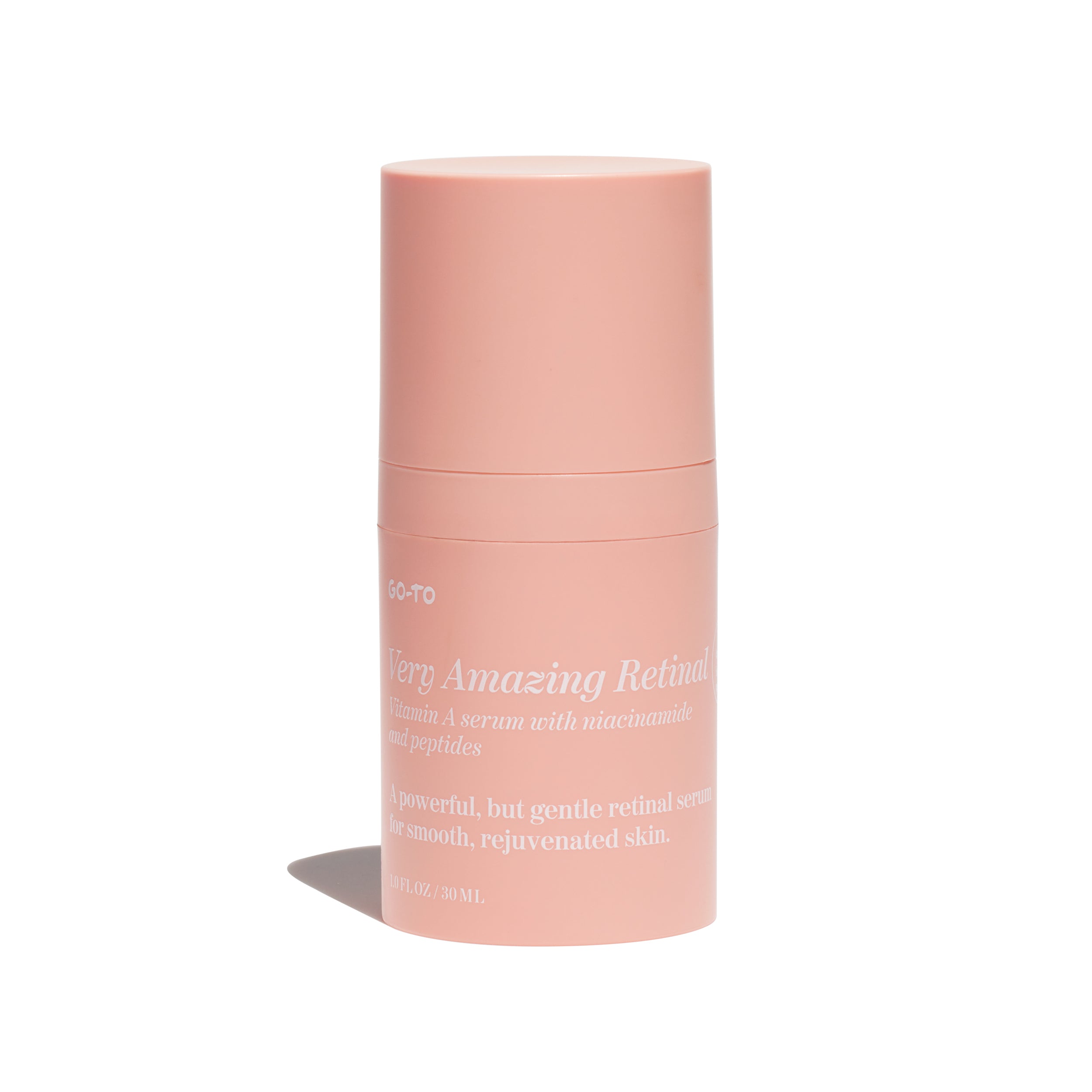
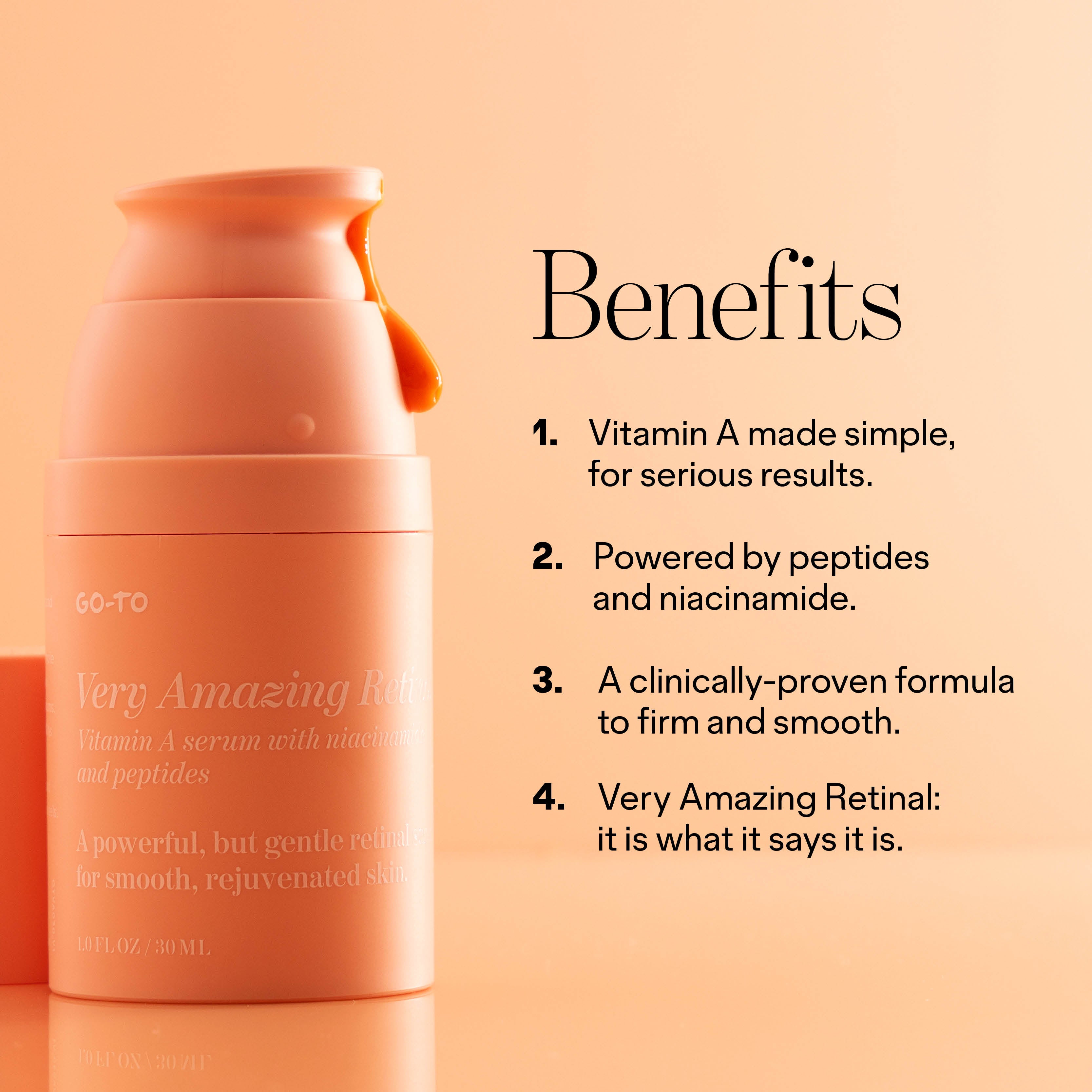
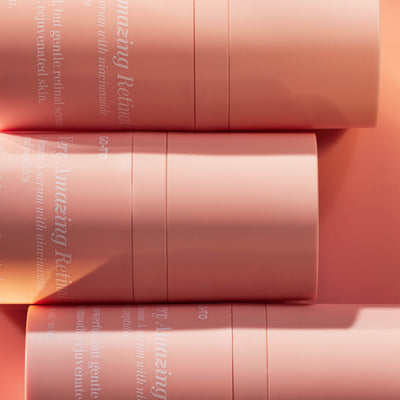
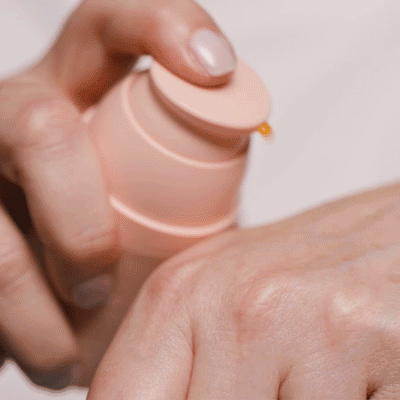


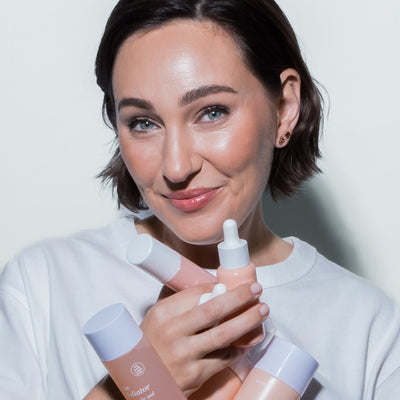
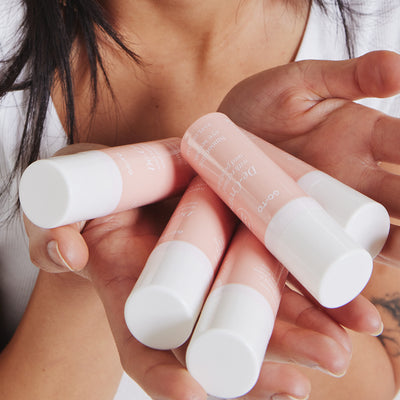
Comments